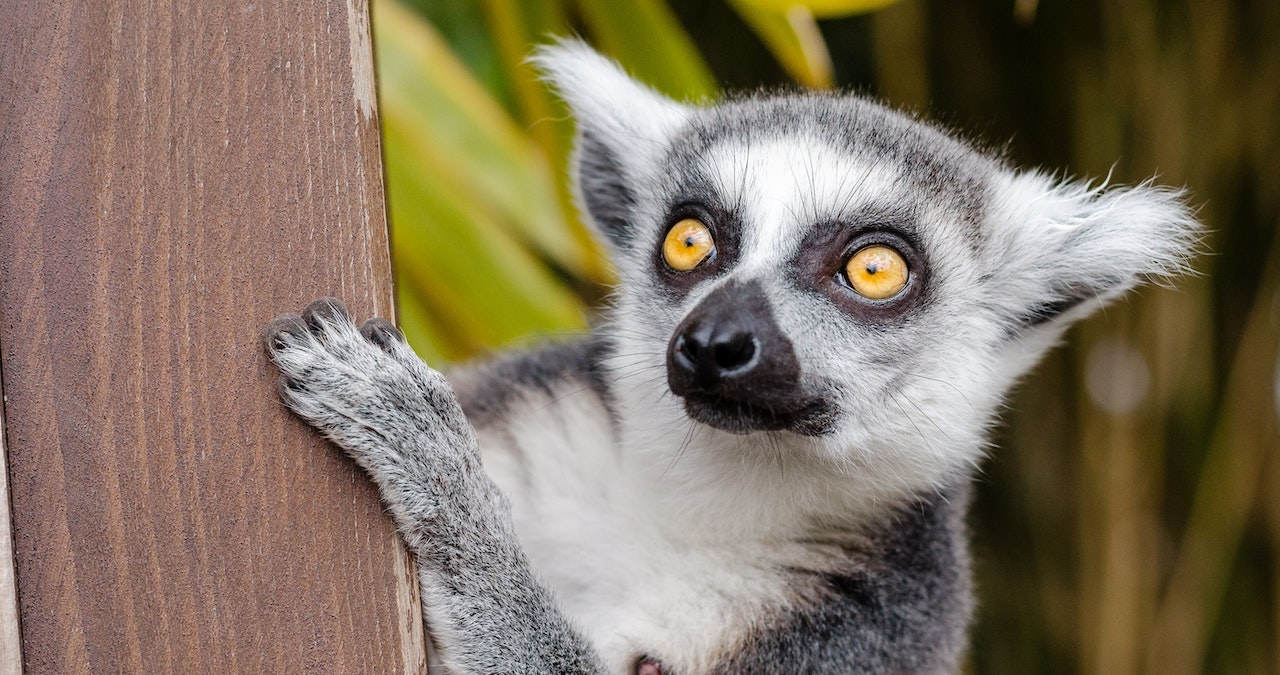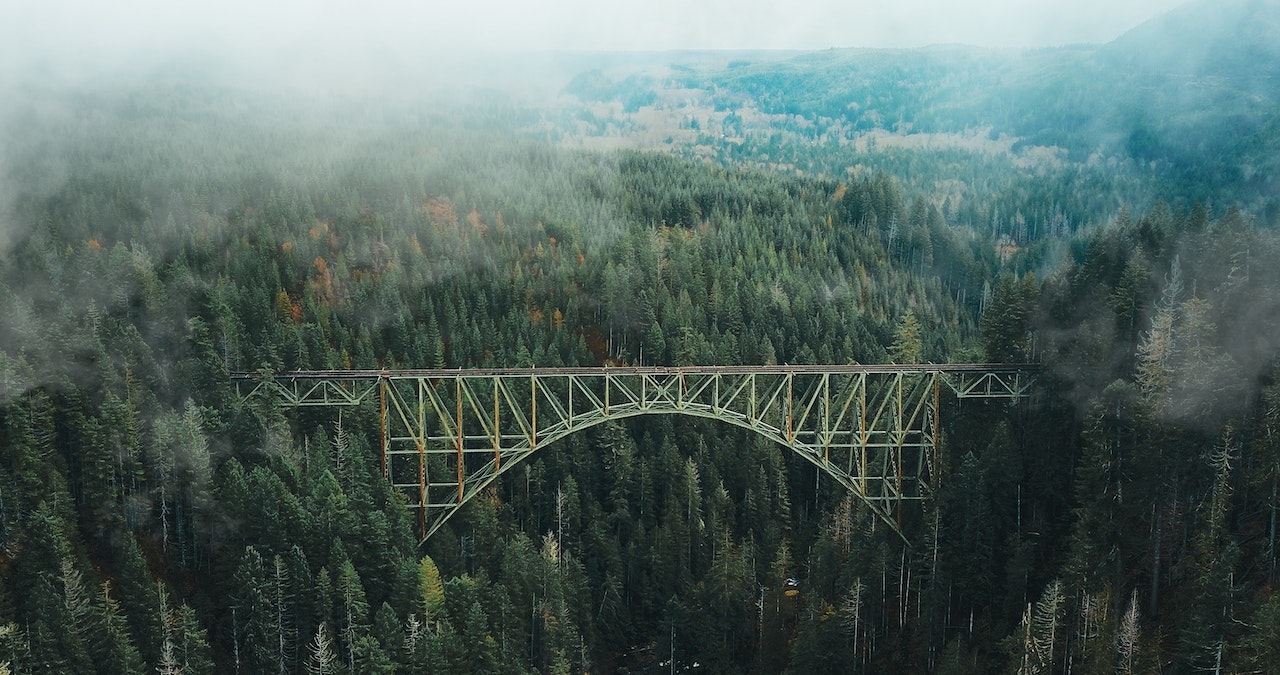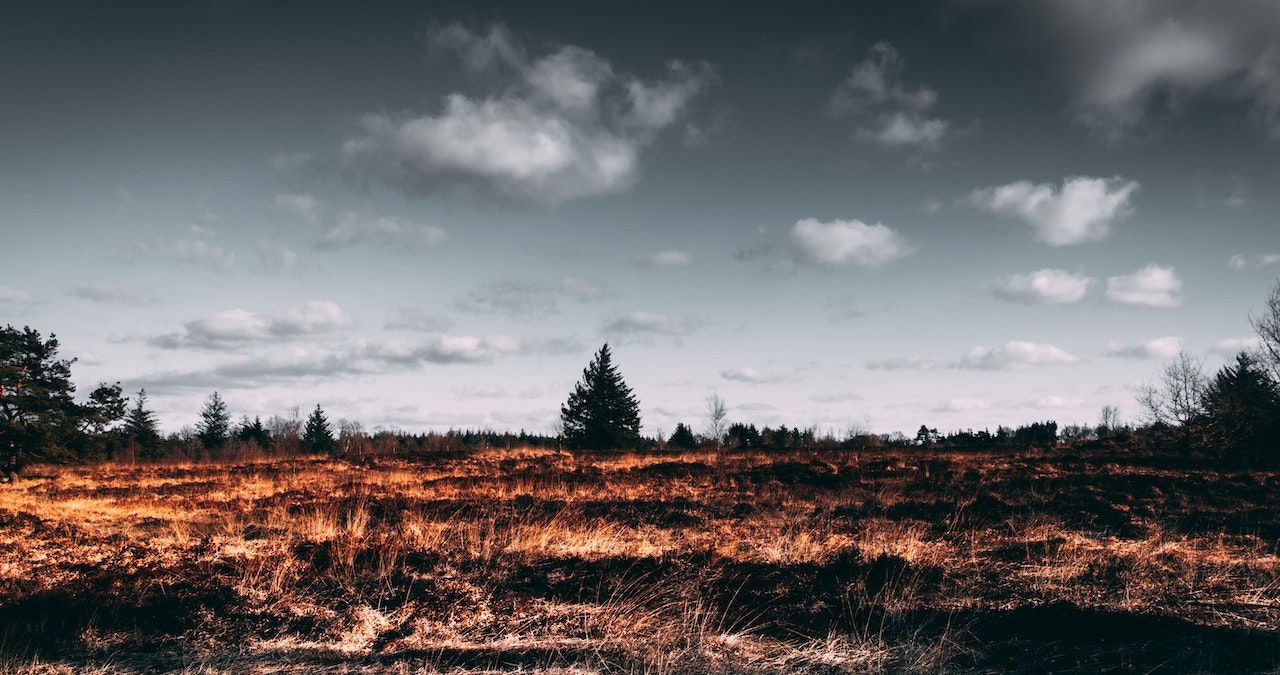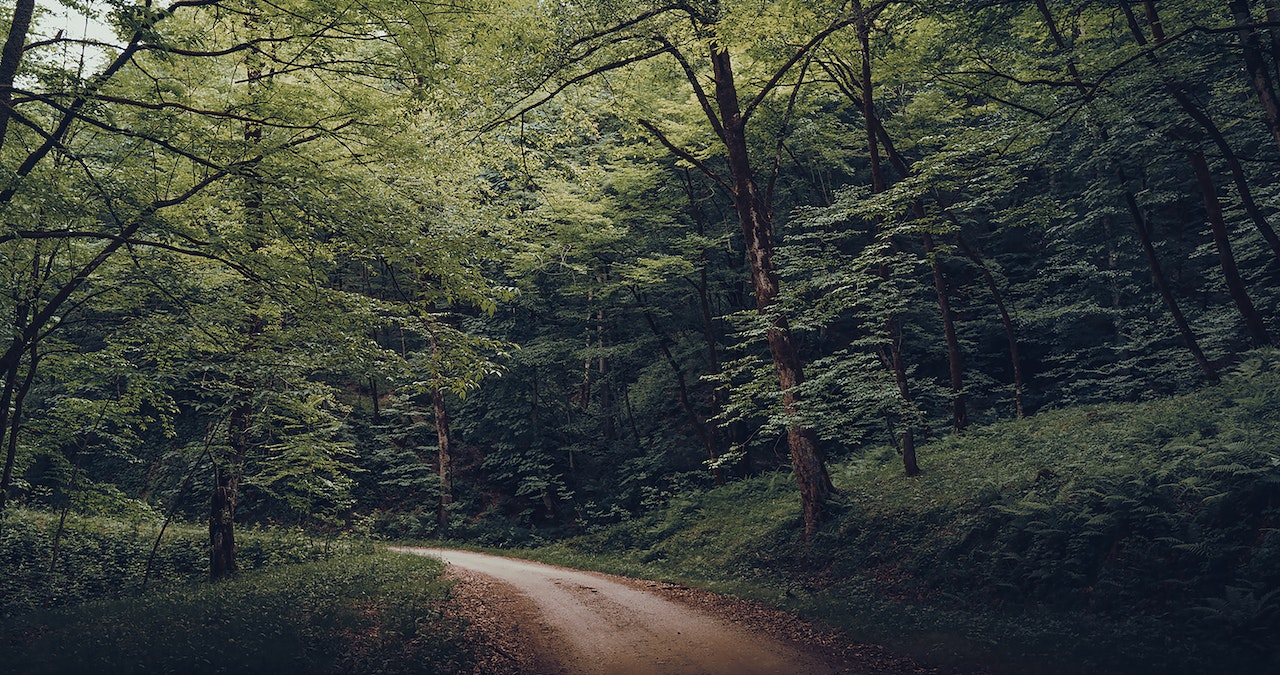In the lush landscapes of Madagascar, a country off the coast of East Africa known for harboring 5 percent of the world’s plant and animal species, a pressing issue threatens its biodiversity.
Over the past 70 years, more than 40 percent of Madagascar’s forests have been cleared, Placing its unique wildlife and vegetation at risk. In response, the government has made a commitment to restore over 4 million hectares (9.8 million acres) of forests by 2030. Madagascar
To aid these ambitious restoration efforts, a dedicated team of researchers from Virginia Tech Faculty of Agriculture and Life Sciences embarked on a mission to enhance reforestation during Madagascar’s dry season. Leading the project were undergraduate scholar Chris Logan and Leighton Reid, an assistant professor in the Faculty of Plant and Environmental Sciences, in collaboration with the nonprofit organization Green Again Madagascar.

“This project showcases the power of collaboration between ecologists and practitioners in solving bottlenecks encountered during tropical forest restoration,” remarked Reid.
Madagascar
The team conducted their research at Parc Ivoloima, a forestry station and zoological park near Toamasina, where the dry season spans from August to December, followed by a cyclone season from January to March. Madagascar
Their findings emphasized the importance of selecting suitable tree species and minimizing transplant shock by utilizing locally available rustic shade structures. While more permanent wooden structures could be an option, they proved to be inaccessible and too costly for Malagasy farmers, who typically earn less than $2 per day.
Between October 2014 and January 2015, the team planted 369 seedlings representing 17 native tree species, with most seedlings measuring between 4 and 8 inches tall. Employing a circular planting design, they placed a central tree seedling surrounded by a ring of eight seedlings, spaced approximately 6 feet apart.
Within this setup, controls were planted in the center without any soil amendments, watering, or shade. The eight surrounding seedlings received Temporary shading using four fronds of a ruderal fern, arranged in a cone shape to provide shade without hindering growth. This practice is commonly employed by Malagasy farmers. The researchers noted a 75% reduction in transplant shock, indicating that intense solar radiation significantly hampers the initial establishment of plantings during the dry season.
Marcellin Velo, the chief operating officer of Green Again Madagascar, commented, “It’s crucial to test these methods. In rural areas, farmers often stick to what they know or what has been done before without exploring many alternatives.”
The research team also focused on soil amendments and watering techniques. Half of the shaded seedlings were soaked in buckets of creek water prior to planting, while the other half relied solely on the moisture from their last nursery watering.
Regarding soil amendments, half of the shaded seedlings were planted in holes filled 33% with nutrient-rich compost, while the other four were filled with one of three locally available absorbent materials moss, coconut husk, or chopped petioles of the traveler’s palm, which help retain moisture.
Seedling survival and height were measured after one to eight weeks, one year, and six years following planting. The results revealed that over 98% of all seedlings initially survived transplantation, although this figure decreased to 83% after one year and 41% after six years.
The team did not find conclusive evidence that soil amendments or watering reduced tree mortality in the first few months. However, absorbent materials were associated with a slight decrease in the survival rate after one year.
Researchers observed significant variation in seedling survival among different species. After one year, Uapaca sp. achieved a 100% survival rate, while Delonix regia had a survival rate of 44%.

Survival rates became more erratic over several years, as some short-lived species that initially thrived eventually perished. For instance, Trema orientalis exhibited a 95% survival rate after one year but plummeted to 0% after six years.
Based on their findings, the team recommends using short-lived, fast-growing species during the dry season. Promising results were observed with Uapaca sp., Trema orientalis, Psiadia sp., Macaranga sp., and Pittosporum ochrosiifolium.
Logan stated, “The outcomes of this experiment demonstrate that forest restoration, adopting approaches utilized by local farmers, offers a practical and effective way to guide reforestation efforts in Madagascar. It is highly likely that their knowledge could be applied to other restoration initiatives as well.”








